Located in southern Istria, the Pula Amphitheatre is the sixth largest amphitheatre in the world, built by Emperor Augustus in 2 AD, and known as an arena for gladiators. This is an impressive historical sight. We tried to see it already when we were here on holiday in July 2011, but during the high season it was very busy. impossible to park in the middle of the city with a motorhome. So today it had to be a new attempt ...
Post updated in 2019
Table of contents
Amphitheatre in Pula
The Roman amphitheatre in Pula, or 'Arena' as it is called, is located in Pula, almost at the southernmost point of Istria in Croatia.
Ancient Roman amphitheatre
The amphitheatre in Pula is about 2000 years old. This amphitheatre is the sixth largest in the world and the best preserved amphitheatre from antiquity. Construction began by Emperor Augustus between 2 and 14 AD and was completed by Emperor Titus in 81 AD, on the orders of Emperor Vesapasian who also built the amphitheatre. The Colosseum in Rome.
The theatre is built with multi-storey arches, which is common in this type of building. What is special about this particular amphitheatre are the four towers, which are fully integrated into the outer wall.
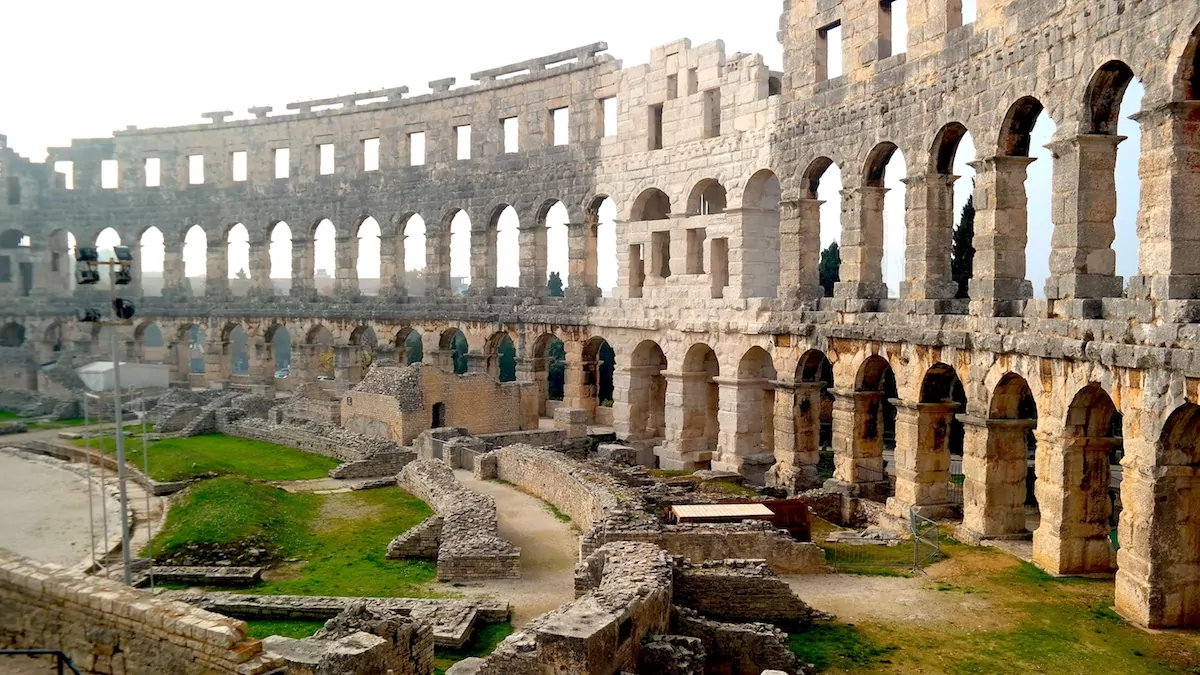
The amphitheatre in the Middle Ages and today
In ancient times the amphitheatre was used for gladiatorial games and in the Middle Ages it was used for knightly games. Today it is used in the summer for concerts, operas, theatre and ballets. Every year since 1953, a film festival is also organised here.
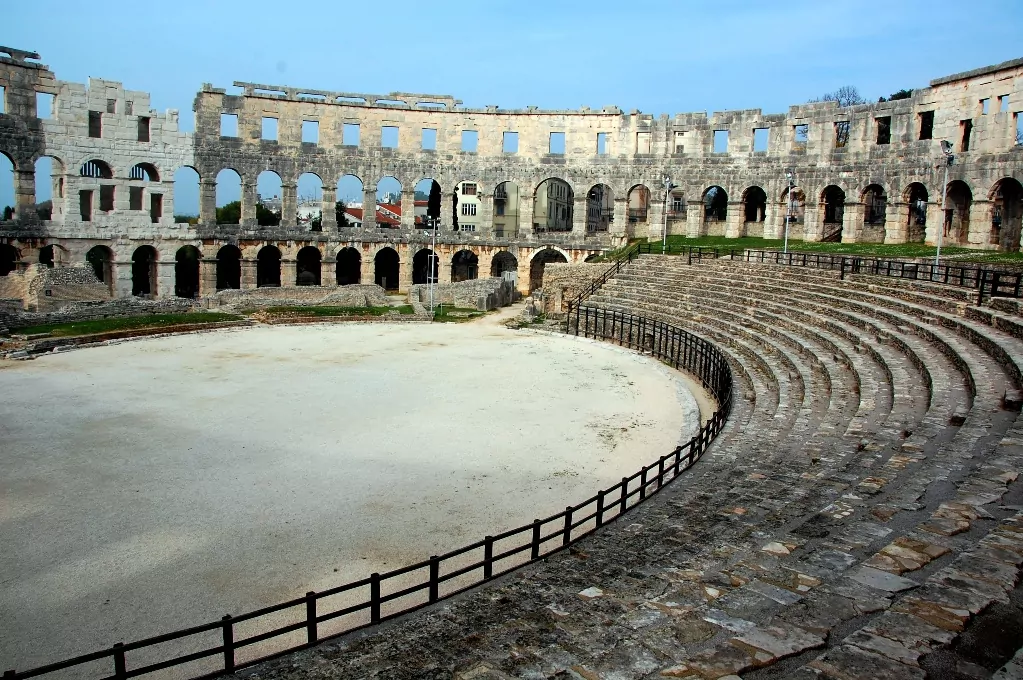
Visiting the amphitheatre in Pula
The amphitheatre in Pula is almost the most powerful from the outside, but it is of course also fascinating to step inside and try to imagine what went on here once upon a time... You can go down under the arena, and imagine how the gladiators sat waiting for their turn to fight for their lives. They also have a museum where there are olive presses - olive oil was an important product for the Romans.
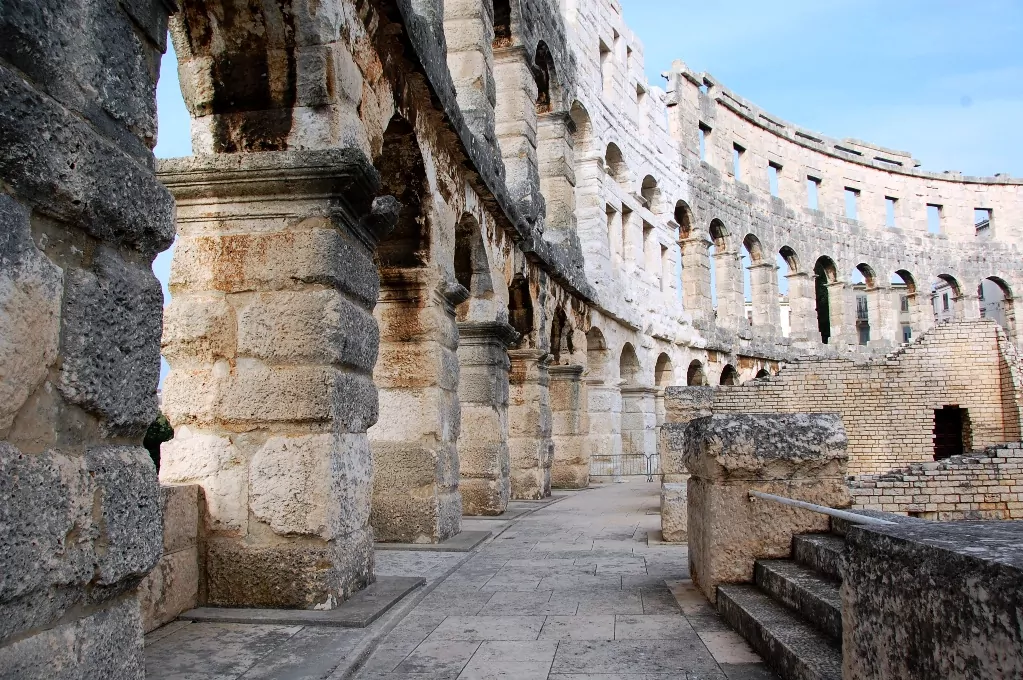
More Roman amphitheatres
Do you, like us, love Roman amphitheatres? The Arena in Pula is one of the most powerful amphitheatres we've seen, but the Colosseum in Rome (of course!) and the amphitheatres in Verona and Arles are also impressive.
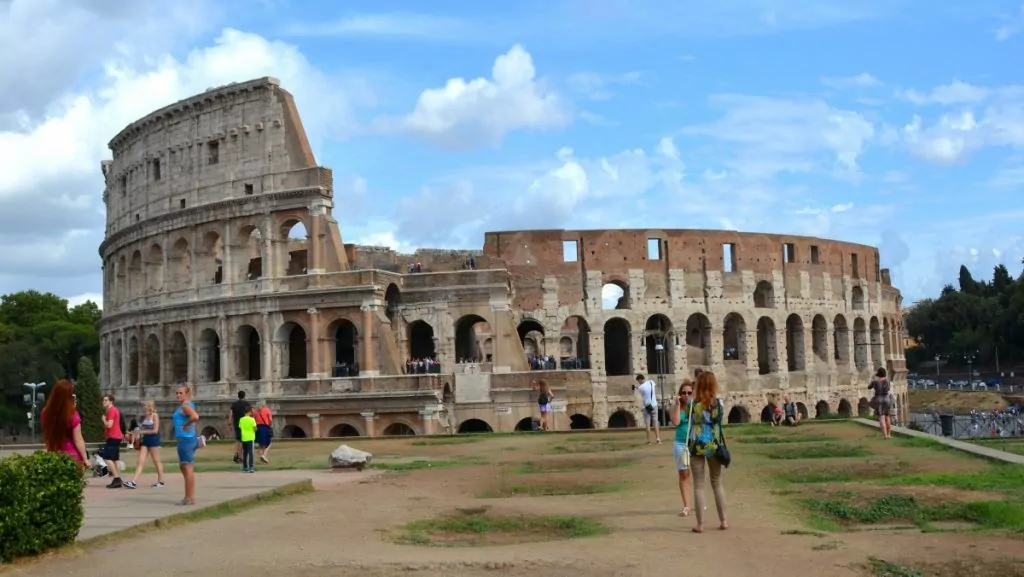
City of Pula
Pula is the largest town in Istria in terms of population. It is perhaps best known for its amphitheatre, but is also a university town and has a large shipbuilding industry. If you walk along the quays, you'll see plenty of large fishing vessels. Just outside Pula there is also a nice campsite, which we have visited both summer and winter.
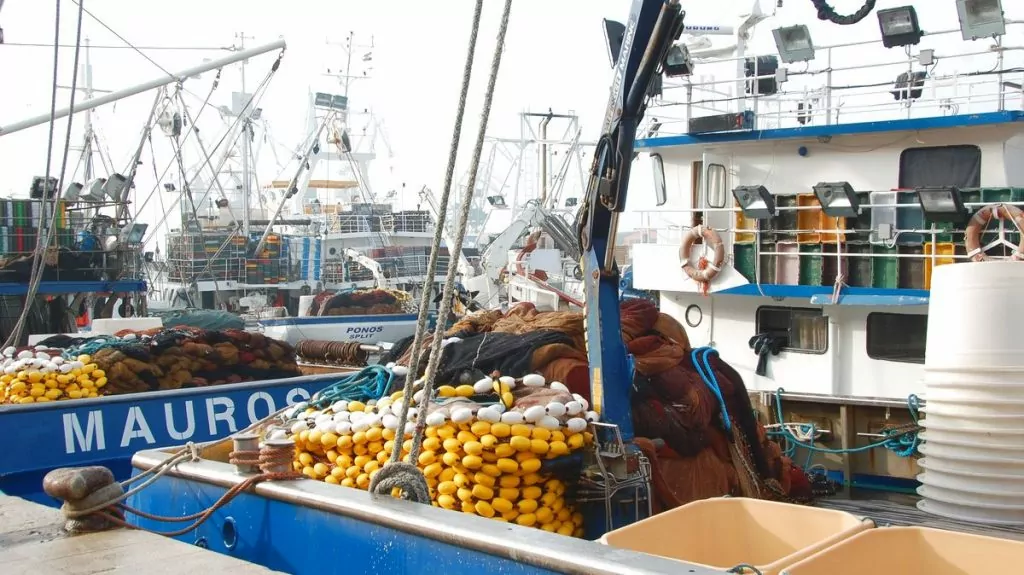
See more around Pula
There is a lot to see and experience in Croatia! Here are suggestions for some great places, not too far from Pula:
- Fažana - A gem on the west coast of Istria
- Rovinj - Charming medieval town in Istria
- Labin - Nice little town on the eastern side of Istria
Naturist beaches in Croatia
Croatia is probably one of the best destinations in Europe for sunbathing and swimming...
Super-modern campsite in Zagreb
Camping in Zagreb! When we left Istria, we drove back to the capital of Croatia and checked in at...
Holidays in Dalmatia - 10 favourites on the Croatian coast
In partnership with Lottoland Dreaming of a holiday in Dalmatia? Croatia's coastline offers medieval towns,...
Camping on Brac in Croatia - cosy at Kito
We have found a nice campsite on Brac in Croatia. On this island there are...
Porec in Croatia - holiday resort in beautiful Istria
We visited Porec in Croatia. Perhaps you are getting tired of pictures of charming villages and...
23 things to do in Split - your guide in Croatia
Updated 2023 - What can you do in Split? After many trips in Croatia and several...
The village of Bol on the island of Brac - in the Croatian archipelago
Bol is located on the island of Brac, which is the third largest island in the Croatian archipelago. Brac is surrounded...
Luxury Hotel Park in Split - for the Golden Pen Award
The luxurious Hotel Park in Split is located in central Dalmatia in Croatia on the Adriatic Sea. The hotel is located...
Boat trip in the Croatian archipelago - renting your own boat
Today we can tell you about a wonderful boat trip in the Croatian archipelago. The Croatian archipelago is magically beautiful,...
Shopping in supermarkets in Croatia
Grocery shopping abroad is always fun! What is it like to shop in supermarkets...
The town of Hvar and the island of Hvar in Croatia
The town of Hvar in Croatia is located on the island of Hvar, in the Adriatic Sea. The old town of Hvar is...
Stari Grad on the island of Hvar - Croatia's oldest town
Croatia's oldest town Stari Grad is located on the island of Hvar, in a small bay on the north-west...
National parks in Croatia - 8 lovely oases
National parks in Croatia! If there's one place in the world where we've seen beautiful national parks, it's...
Food from Dubrovnik - flavours and news
Yesterday, the Croatian Tourist Board invited travel bloggers and others to take part in a gourmet lunch with food ...
Excursions from Split: Solta and Trogir
Solta - a beautiful island! Based in Split, Croatia, there are many opportunities for...
Makarska Riviera in Croatia - a holiday paradise
Updated 2023 - The Makarska Riviera in Croatia stretches just over 53 kilometres, from Brela in the north...
Experience Croatia by car
If you want to experience Croatia, the best way to do so is by car. If you only fly...
Rovinj in Croatia - lovely medieval town in Istria
Rovinj in Croatia is a lovely medieval town on the Adriatic Sea in Istria. Here you can stroll...
Camping in Dubrovnik - luxury Solitudo camping
Looking for a campsite in Dubrovnik? Camping Solitido is located in the south of Croatia, 6 kilometres outside...
By motorhome in Opatija, Croatia
We have now spent a few days in Opatija, Croatia. This is a charming little town with...
Paklenica National Park in Croatia
Paklenica National Park in Croatia is a dramatic park in a large canyon, listed as a UNESCO World Heritage Site...
Lovely camping Stobrec in Split, Croatia
Camping Stobrec in Split is located in the centre of Dalmatia in Croatia on the Adriatic Sea. At Camping Stobrec...
Krka National Park in Croatia - 8 musts and facts
Updated in 2023 - Krka National Park in Croatia is a stunning national park with impressive waterfalls,...
Good campsite at Pula in Istria
Now we have found a good campsite near Pula on Istria, after travelling...
New pitch in Croatia - and some camping tips
Most people who have been to Croatia will agree that it is a fantastic country with...
Facts about Croatia - 30 things you (might) not have known
Today, we're giving you the facts about Croatia - 30 things you (maybe) didn't know. We...
What to eat in Croatia? - 20 Croatian specialities
What to eat in Croatia? We list 20 Croatian specialities and tell you about our experiences with...
Things to do in Trogir - 10 sights and experiences
Updated 2023 - Trogir in Croatia is located on an island in the Adriatic Sea and offers...
The fruits of the sea and long traditions come together in Dalmatian cuisine.
Writer: Maria von Gegerfelt Croatia's second largest city, Split, is located on the coast of the Dalmatia region. The city...
Fažana - a gem on the west coast of Istria
Located on the west coast of Istria, the small town of Fažana in Croatia is a little gem. Here...
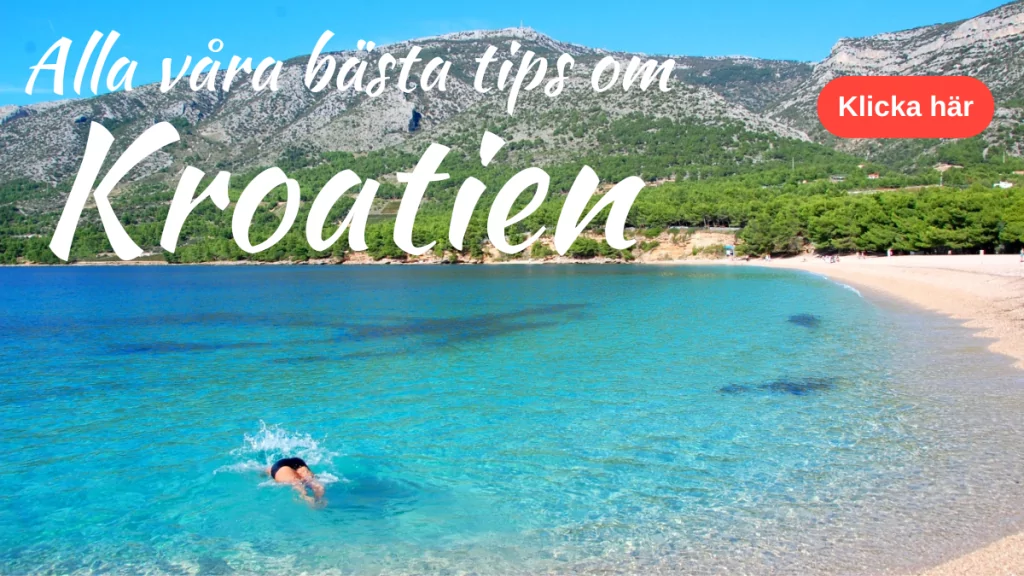
Facts about the amphitheatre in Pula
- Location: Pula, Istria, Croatia
- Year of construction: From 2-14 A.D. to 81 A.D.
- Order of magnitude in the world: 6th largest
Info and facts about Pula
- What country? Croatia
- County? County of Istria
- Language? Croatian (many also speak English)
- Residents? 56 000 (2015)
- Currency? Kuna (HRK)
- Price point? Cheaper than Sweden
- Time difference? None
Travelling to Pula
- Flight: For example, fly to Zagreb and continue from there by car hire or bus.
- Car: It takes about 3 hours and 15 minutes to drive from Zagreb to Pula (toll road). Driving from Opatija takes about 1.5 hours.
- Bus: There are buses from many locations around Croatia.
Guide: Opening hours and prices in the amphitheatre in Pula
- Opening hours: The stadium is usually open for visits every day, with a few exceptions. The stadium opens at 08:00 in the high season and 09:00 in the low season. The stadium closes at 17:00 in winter, 20:00 in April and October, 21:00 in May and September, 22:00 in June and 23:00 in July and August. (2019) Please note that opening hours are subject to change.
- Prices: Adults pay 50 kuna (approx. SEK 75) and children pay 25 kuna (approx. SEK 38) (2019). Please note that prices are subject to change.
- Read more: You can find more information at pulainfo.hr.


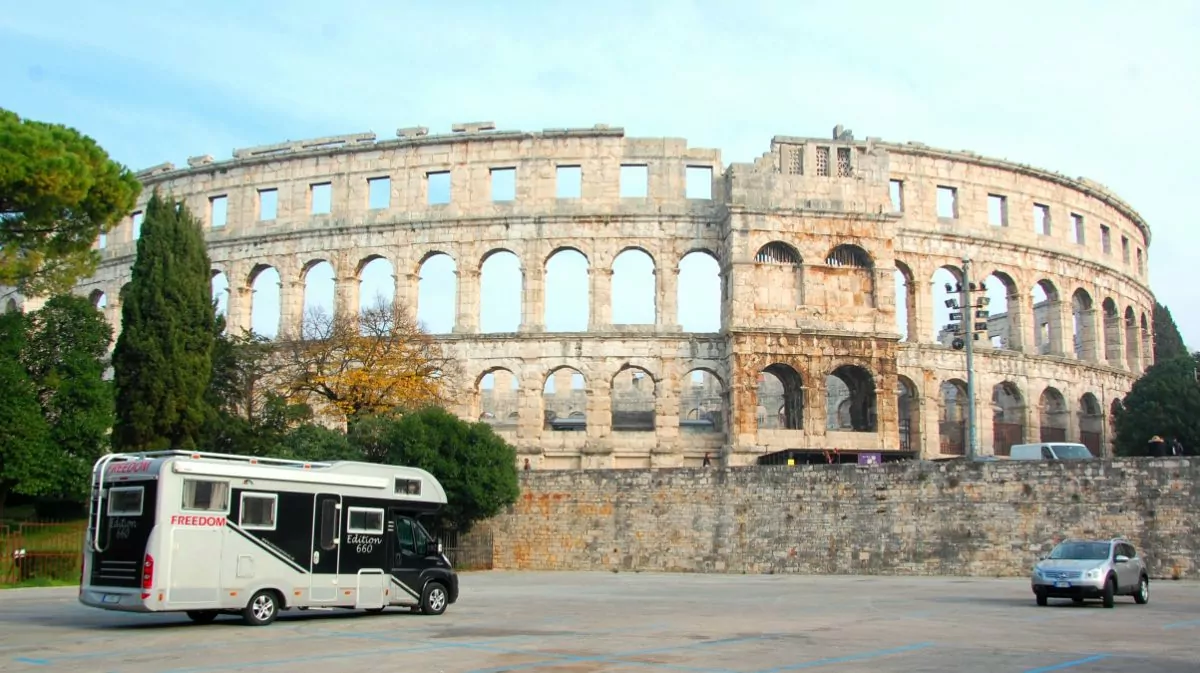






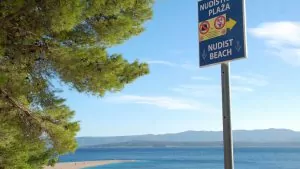
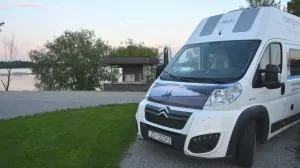
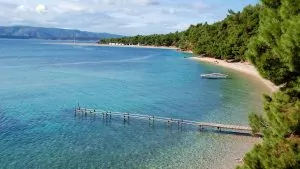
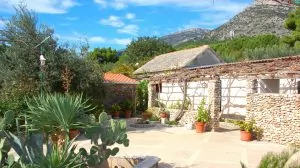
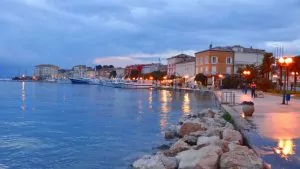
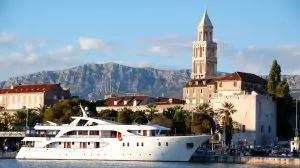
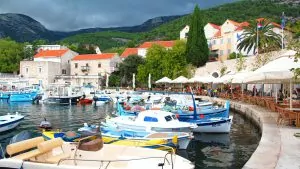
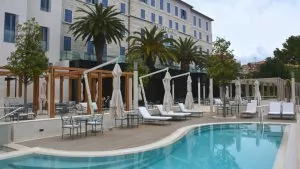
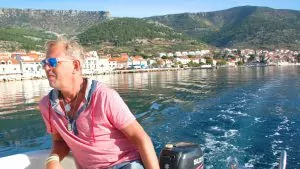

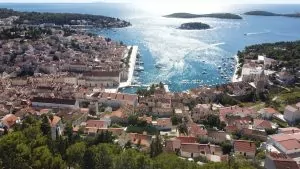
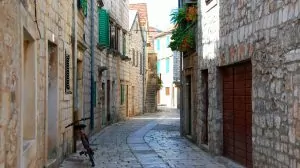
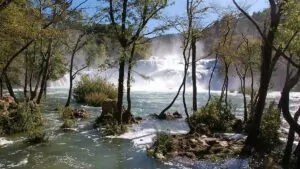

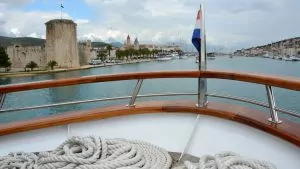
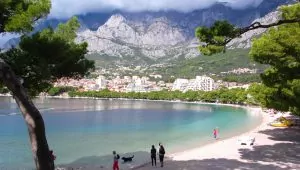
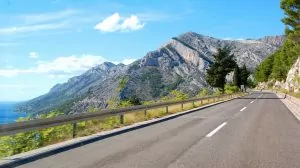
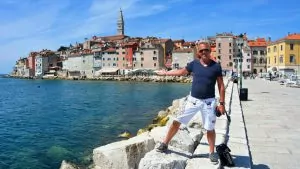
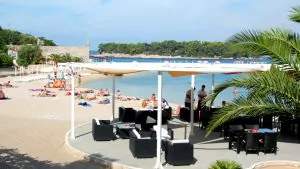
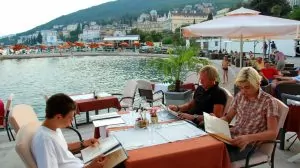
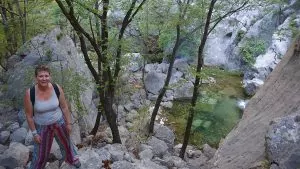
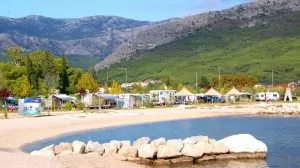
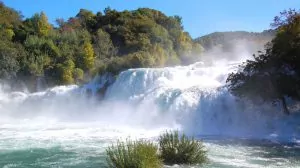
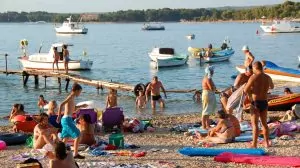
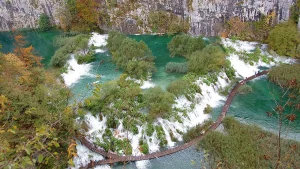

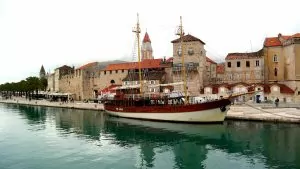
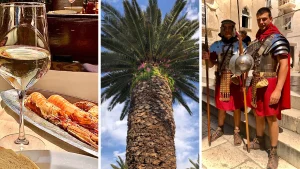
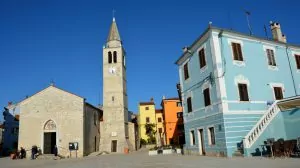
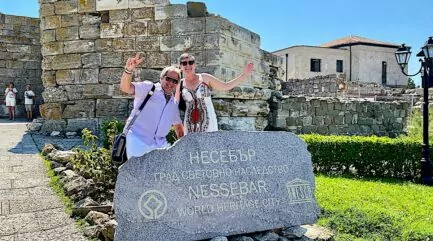
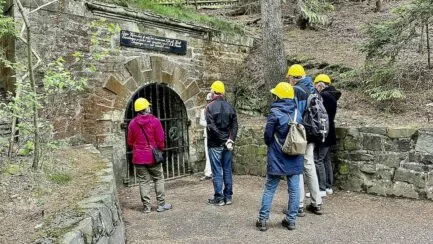
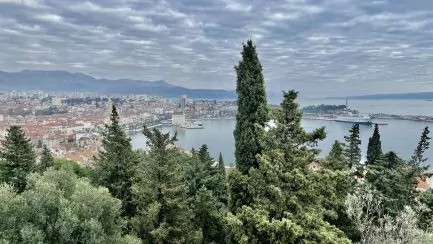
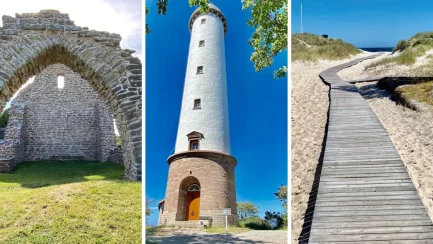
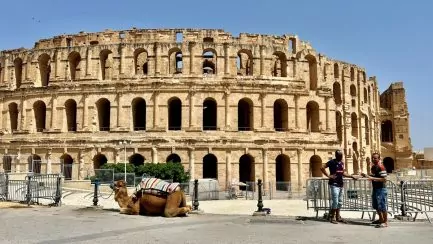



Matts Torebring says:
We missed it when we were there. Otherwise a nice place. Have a good time
10 November 2015 - 20:29
JoY says:
We've been there and thought it was powerful. Just the feeling of sitting there on the stones and thinking about how it could be in the past, I shudder to think about it.
Some others we have visited are: the Colloseum in Rome, Pompeii and Taormina.
Hugs
10 November 2015 - 20:51
Lennart says:
Looks nice!
Live well!
10 November 2015 - 21:10
Annika/Res Friday says:
Travelling in the low season is gold!
10 November 2015 - 21:16
Åsa says:
One in Rome, which was full of cats, and one in Spain, somewhere in Extremadura.
10 November 2015 - 21:28
ActiveDays-Camilla says:
What a great picture! Freedom meets History...
10 November 2015 - 21:35
Anja says:
We have only been outside both in Rome and Verona (we were too poor to pay for opera tickets at the time, but it was magical to stand outside, in Verona and listen!) Any number of feral cats voraciously eating only spaghetti fed to them by friendly people, poor things... Italy is so much opera! O sole mio which is played by camping orchestras too... Otherwise, the reference to the magical film Gladiator, which we were surprisingly shaken by one evening in Östersund (of all places)! You never know where you'll end up when - and where - you go to the cinema!
10 November 2015 - 22:21
admin says:
Matts, too bad you missed the amphitheatre, it's worth seeing! But as I said, we also missed it the first time... 😉.
JoY, we actually missed Taorminas, even though we were there. Yes, it is dizzying when you try to imagine the history!?
Annika, it is soooo nice to travel in the low season! 🙂
Åsa, we have never been to Rome. Don't remember exactly which part Extremadura is? In Spain we have also seen one I remembered now, in Tarragona! 🙂
Camilla, yes, right? 😉
Anja, same with us when it falls on Verona! We were there with Peter's eldest son and his girlfriend. We were keen to go to the opera but we prioritised it for budget reasons. But it was nice to watch! We also saw Gladiator... I'm so glad I'm alive now and not back then! 😉
10 November 2015 - 22:55
Katarina Wohlfart says:
So, I have a suggestion. Why not get a sign with freedom or similar that you have in the picture at all known destinations. Like, put the sign up (without destroying property). Would be fun! 😉
11 November 2015 - 0:45
BP says:
The first thought that struck me is that today's buildings will hardly live for 2000 years. It's amazing that these old theatres have survived as well as they have and that they are still in use today. Incredible if you think about it.
Well, I have been to the one you show at least 20 years ago - and it is the same;-) Then I can honestly say: "Seen one, seen them all".
PS. Are you checking out Rovinj? DS.
10 November 2015 - 23:47
Steel city anna says:
Nice pictures. I've been to Rome and Verona. A bit of a nerd when it comes to antiquity. Thought it was really cool to see. And does anyone else remember when Carola won Eurovision in an amphitheatre? 🙂 am also a nerd when it comes to Eurovision. Lovely symbolism in it, with song instead of violence. I think you can feel it in the walls. A little scary.
11 November 2015 - 0:55
Vackralillavardag says:
Hi, we have also visited this one in Pula and the one in Verona. In June and early in the morning it was quite easy to park in Pula. In Verona we drove around the amphitheatre with the motorhome before we managed to park and it was crowded and not at all intended. We just ended up there! They had to pull in chairs on outdoor terraces for us to get through.
I have also visited the Collosseum and the amphitheatre in Pompeii. There may be more, but these I remember!
11 November 2015 - 8:45
admin says:
BP, it's amazing that they've lasted so long! Yes, that's one way of looking at it, that it's enough to see one. At the same time, it has been fun to compare them. They are different sizes and built in different ways, and different parts have been preserved. No, now I'm going to google Rovinj! Why do you think we should go there?
Katarina, haha, why not? 😉
Steel city Anna, isn't it cool with this old stuff? I get some memory when you mention Carola in the amphitheatre, but I can't remember exactly....
Beautiful little everyday, haha nice to hear that there is someone else who has accidentally driven the motorhome right next to the amphitheatre in Verona! 😉 By the way, I can imagine that there is a big difference between June and July ...
11 November 2015 - 8:48
admin says:
Steve, yes in Greece there must have been some, both big and small! Interesting to hear which ones you remember best. Fascinating that there are so many, and that they are spread over so much of Europe! We saw smaller amphitheatres also in Albania and Macedonia by the way. We looked at the Colosseum on the Internet yesterday to compare, but we haven't been there.
11 November 2015 - 9:22
Mr Steve says:
Quite a contrast to see the modern Freedom parked next to this 2000-year-old building.
It is always marvellous to see these mighty buildings from a long time ago and try to understand how they managed to build such a thing. And that the buildings are still standing and can still be used.
In Greece, I seem to have seen an amphitheatre "around every corner", of varying sizes of course. I remember a few in particular. Epidaurus and Olympia from car holidays in Peloponessos and Knossos in Crete.
And of course the Acropolis. If you're a greengrocer, you're a greengrocer.
The Colosseum also deserves to be mentioned in this context.
11 November 2015 - 8:59
Anna in Dubai says:
Ah alskar Pula! So cosy! We were lucky and were invited to friends' parents who offered food and home-made liquor. We got so obviously drunk every day and hung out in their garden until the afternoon when we could walk properly again. Shoe holiday there 😉
From here you can take a bat over to Venice. Takes about four hours. When we did it, there was a crazy storm on the way home. Everyone was hanging over the railing and crashing. I was the only one who was kind of ok so the orchestra (unexpectedly on a boat) played ABBA all day to honour the uncracked Swede.
11 November 2015 - 10:09
admin says:
Anna in Dubai, haha it sounds like you had a slightly different holiday here than we did! 😉 Great orchestra on the boat I must say! We have been to Venice three times now (first by ourselves, then we would show Peter's oldest son and then his youngest son...) so there will be no more Venice for our part 😉.
11 November 2015 - 11:28
Ditte says:
I have visited the amphitheatre in Pula and it was really nice. But it was in high season and very crowded...Surely more airy now. Thanks for the return visit! Good for the memory too!
In Verona I have visited the amphitheatre a couple of times and one time I saw Romeo and Juliet and it was really powerful with all the lighting.
I have also visited the Collosseum in Rome.
What acoustics these theatres have! And fantastic buildings!
Stay safe on your journey north.
11 November 2015 - 12:18
admin says:
Ditte, you have been everywhere!!! It's great to see an opera in the amphitheatre in Verona, it's quite an experience!
11 November 2015 - 12:46
Motorhome Helge says:
Fantastic building that will remain! We were there many years ago in June and managed to cram the motorhome into the car park. Then we went in and tried to sing to experience the acoustics.
11 November 2015 - 17:43
Bosse and Gerd says:
We have also been there, but many years ago and then by car.
Incredibly powerful to visit Pula and its Amphitheatre !!!!
We also visited a fjord in Istria called Limfjord and there we ate wonderfully good wine-cooked mussels from the large farm that existed in that fjord at the time - great memories!
11 November 2015 - 18:28
Mr Lars Permelin says:
What an amazing story is hidden in each block of stone. People could build even back then. We have never been there.
11 November 2015 - 18:43
admin says:
The motorhome Helge, it's an impressive building! It's great that you managed to get in in June (maybe a little easier than in July?)!
Bosse and Gerd, nice that you have been here and mussels are sooo good, long time since we ate now! Limfjord sounds almost like Norway 😉
Lars Permelin, yes, it is impressive what they built so long ago!
11 November 2015 - 20:17
Maria says:
I have visited the remains of an amphitheatre in Malaga, however, it was small and not a very powerful experience. But quite fun anyway 🙂
11 November 2015 - 23:27
admin says:
Maria, yes there are some small ones here and there too! We have also seen some small ones, in Albania and Macedonia among others.
12 November 2015 - 7:17
Marija Bakovic says:
The Pula Amphitheatre or Arena is one of the six largest Roman amphitheatres in the world. It was built in the first century during the reign of Emperor Vespasian and was mainly used for gladiatorial fights in front of about 20,000 spectators. With its elliptical shape measuring 132 x 105 metres and a height of 32 metres, the Arena is the largest ancient building in Istria.
It is open to visitors during the day, and on warm summer evenings it is transformed into an excellent venue for pop and rock concerts, opera, ballet and a film festival with a 50-year tradition.
In the basement of the amphitheatre there is an exhibition "Olive and wine growing in ancient Istria" with various tools used for the production of oil and wine and a large number of amphorae.
26 November 2015 - 16:19